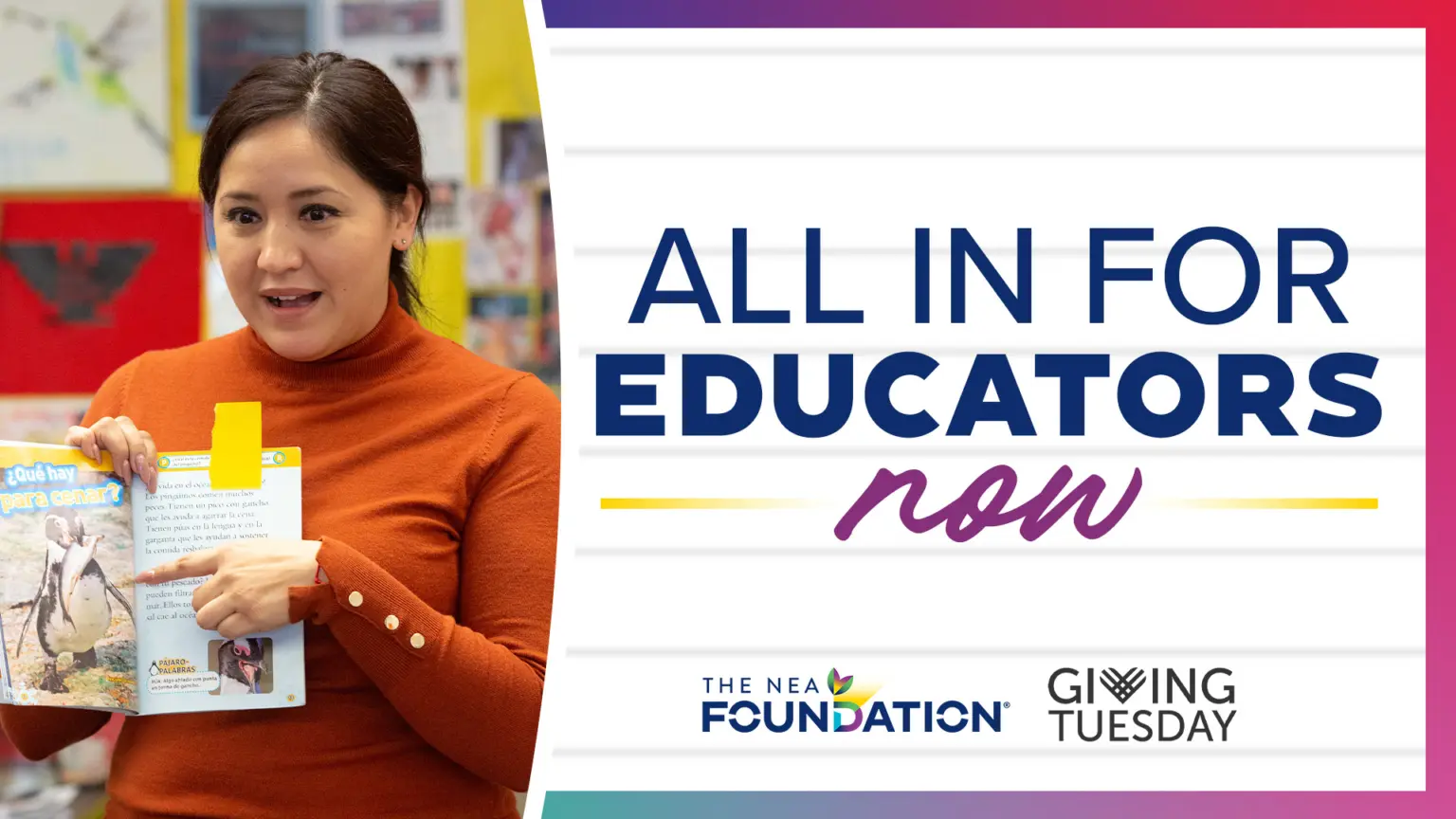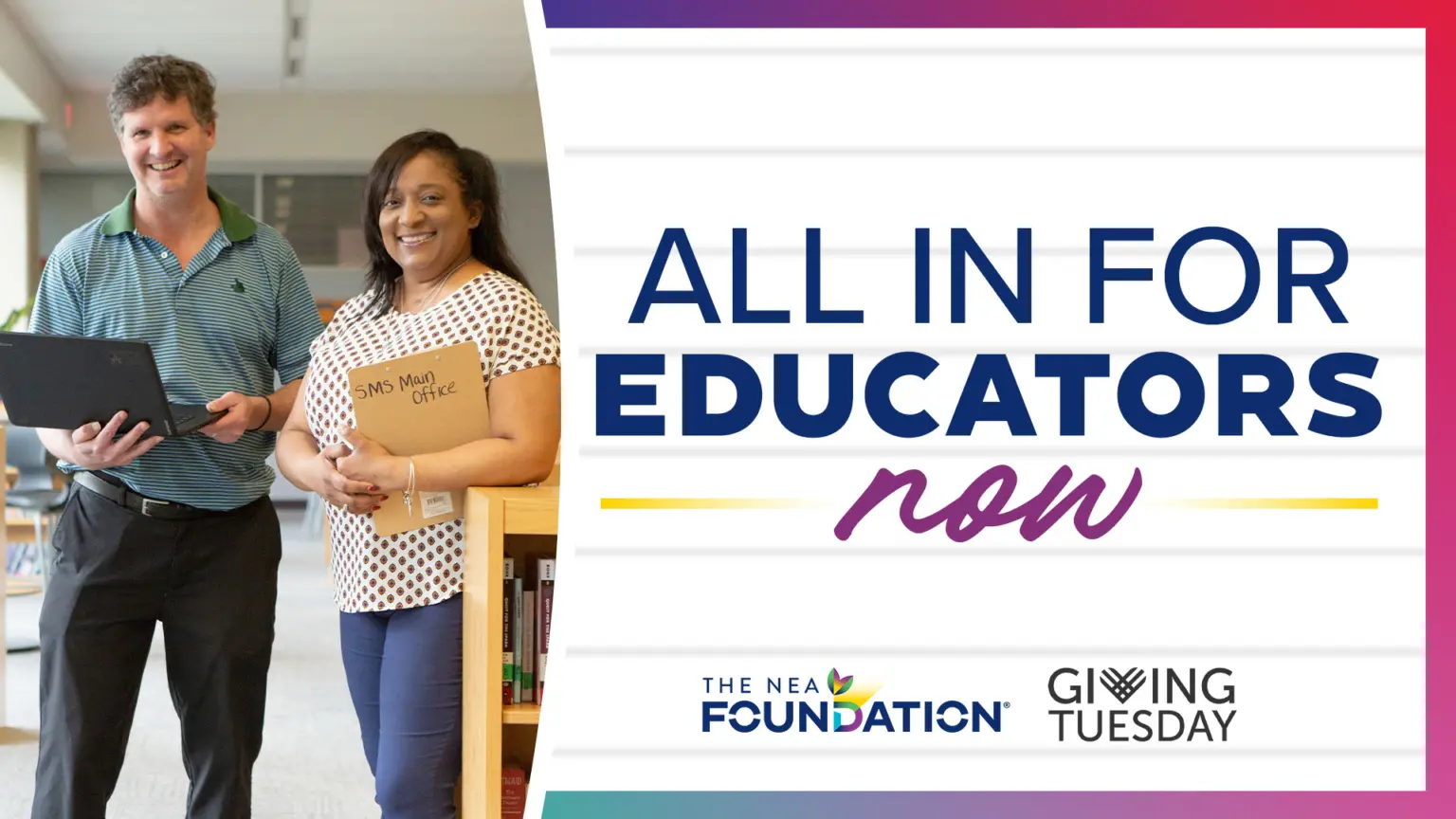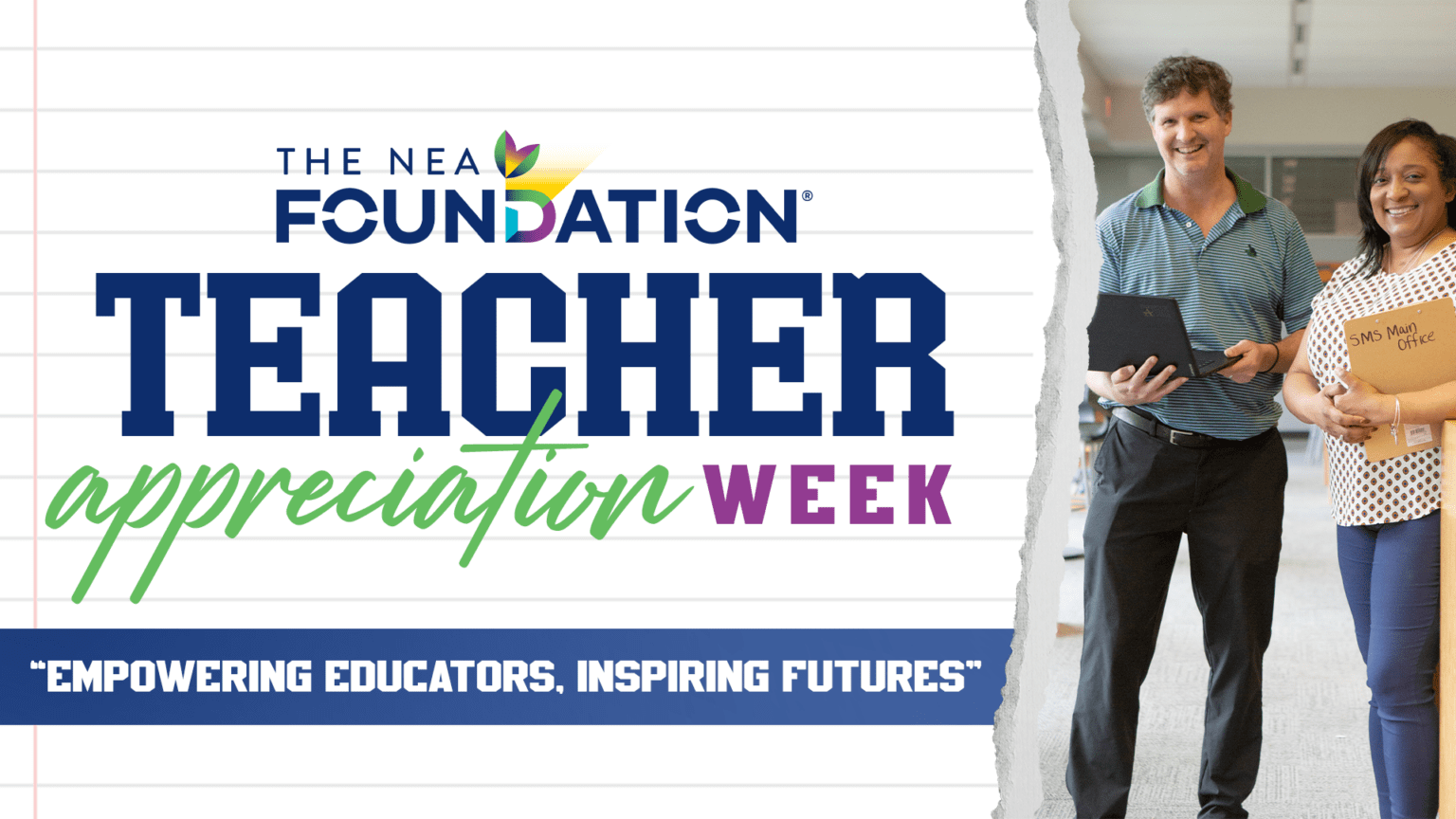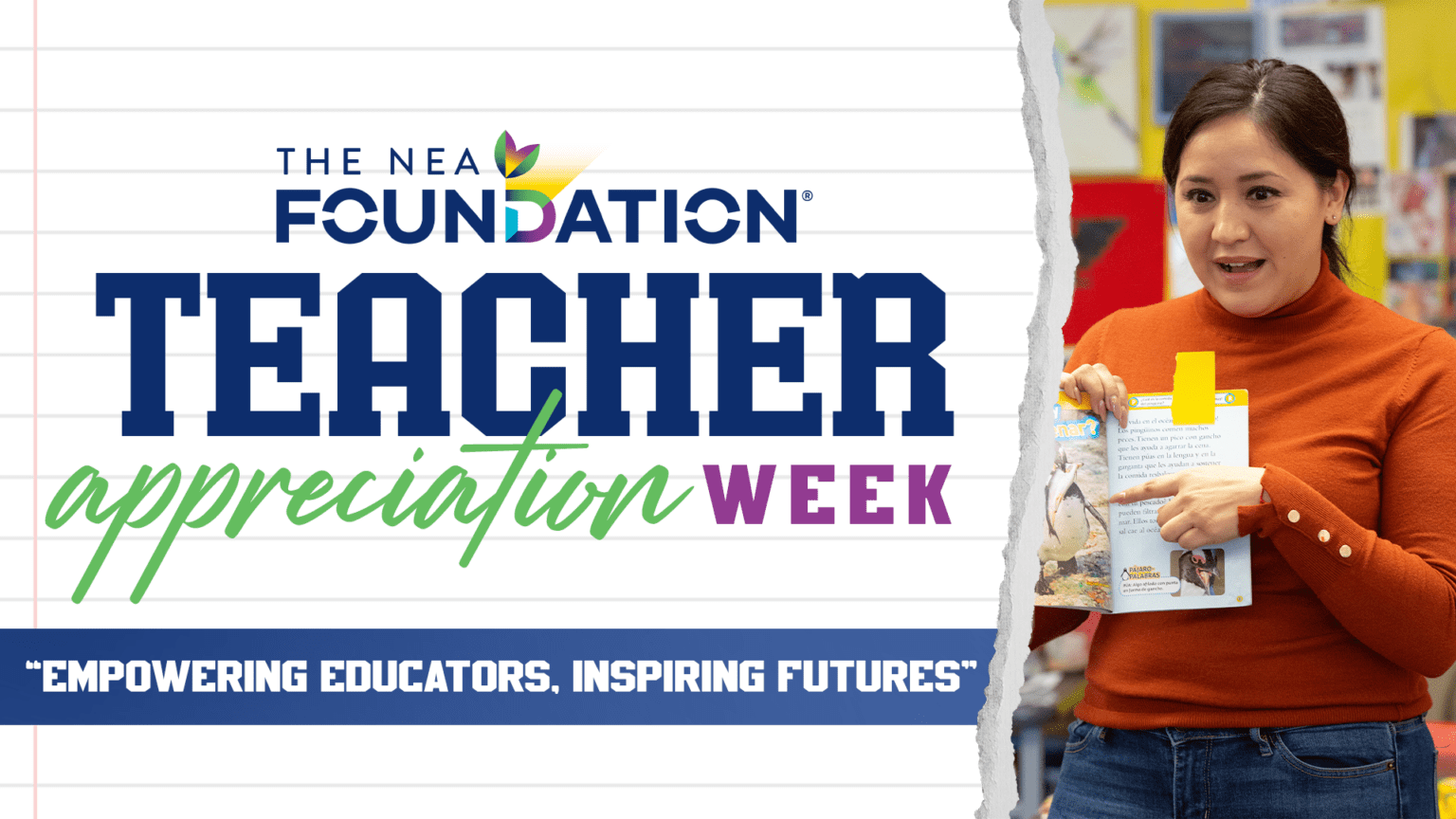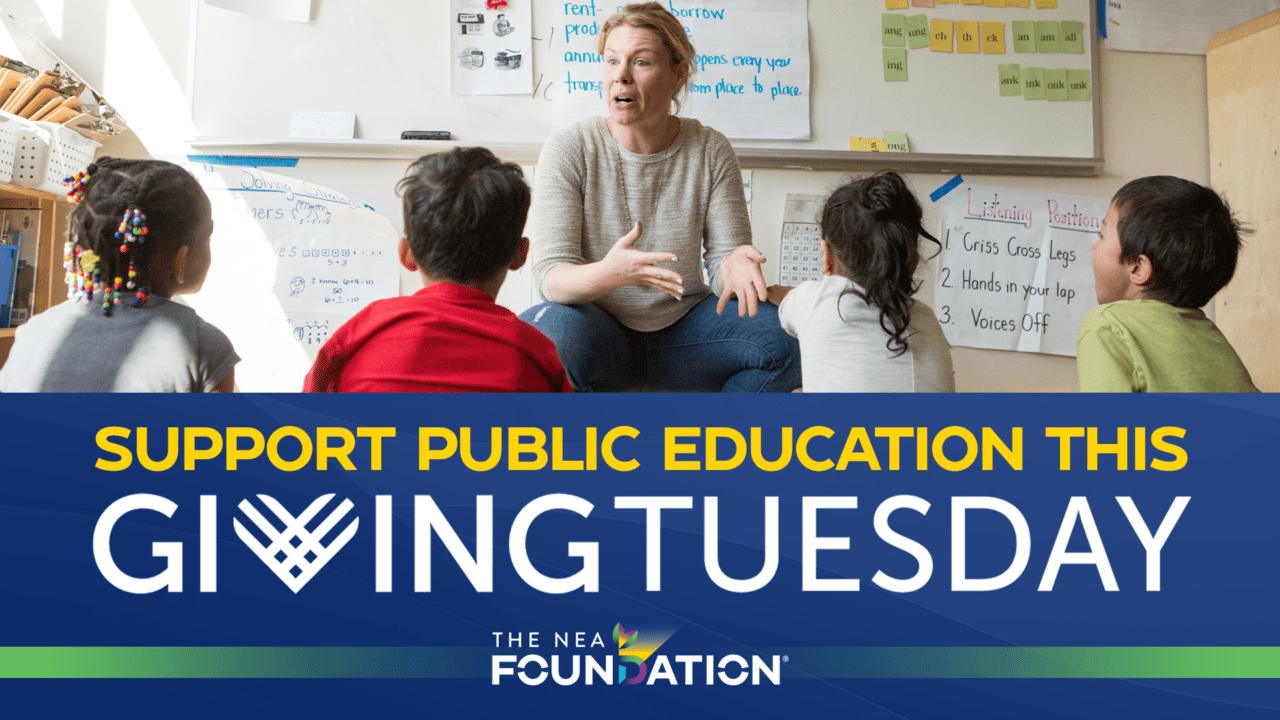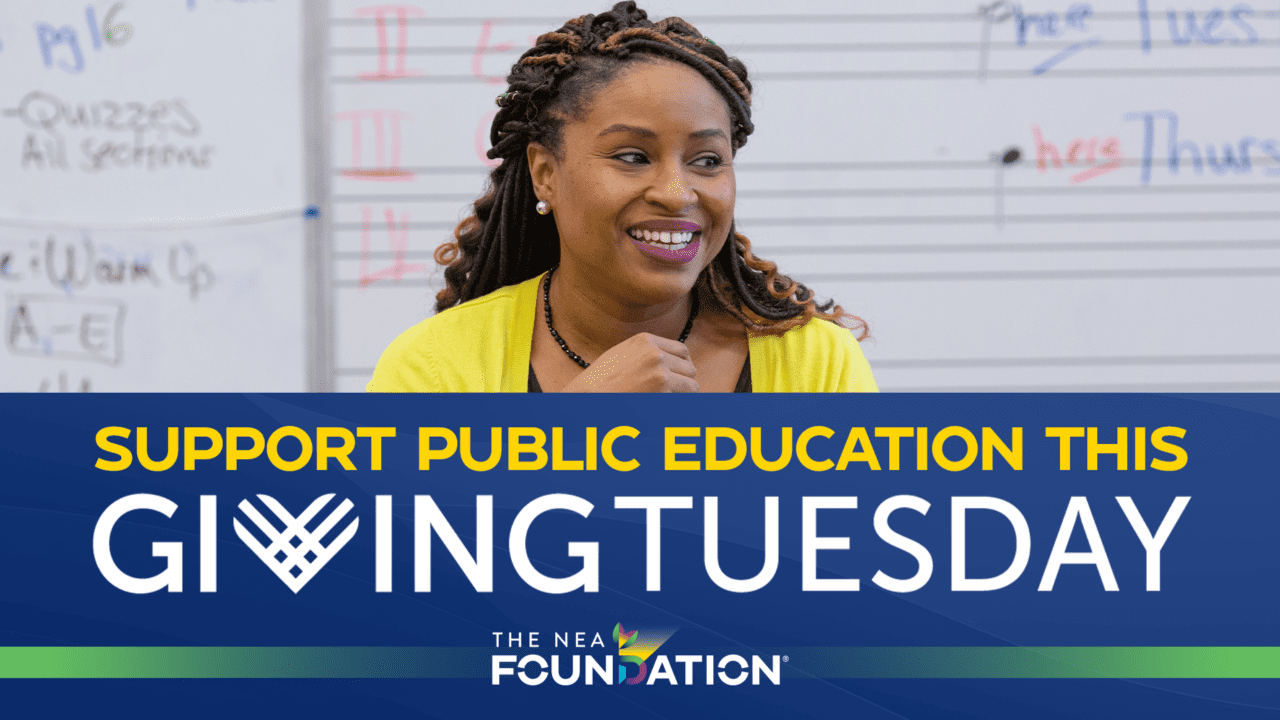So, here it is. This is the picture I should not have taken.
Yep, that is my not-so-great attempt to document the restoration work that was on-going at the Terra Cotta Warriors site in Xi’an China.
This was one of the moments I wanted to share with my social studies students in New Brighton, Minnesota. So many of them think of history as done, over, finished, BORING. But in Xi’an, I was watching history being re-written. Each new artifact helped historians reinterpret and better understand the past. And now, instead of just telling my students that history was very much alive, I could actual show them how it works.
Then I saw the sign. Very clear, right in front of me, in English!
“No Photography.”
I should not have taken that picture.
BAM – it hit me so hard, I had to turn to Bonnie, one of the other NEA Foundation Global Learning Fellows, and confess that I had been making assumptions, and not good ones either. You see, I had always been the person who was annoyed when I went to a museum and someone took pictures of the art despite warning signs. I first jumped to the assumption – how selfish – they should know better! But then, maybe they didn’t or maybe there was a language barrier but still….I was making judgments about what I thought was right and wrong based on my own cultural lens.
When I took that picture, I learned how wrong I was. I didn’t misunderstand the language and I wasn’t being selfish. I was so excited by the experience, overcome with the happiness of what I could share with others, that I didn’t even see the sign in front of my face. Right then, I had the kind of moment Zaretta Hammond describes in Culturally Responsive Teaching and the Brain, I could feel the aperture on my cultural lens widen.
When I went to China, I was ready to think differently about culture, to learn how the lives of people in China were similar to and different from mine. It was academic. Taking that picture that I should never have taken – that changed me at an emotional level. Being an NEA Foundation Global Fellow gave me the opportunity to reexamine my own identity and to become more open to seeing the world in a new way.
Build bridges to your students
As teachers, we can travel a long way without leaving our classrooms. To help build bridges to our students and communities, I ask you to reflect on these questions:
How will you widen your cultural lens? How will you step out of your comfort zone this year? Will you try a new cuisine? Go to a different religious service? Spend time on a home visit? Travel? And then, how will you share those experiences with your students?
How will you tell your students you make mistakes? We show students videos and ask them to read articles about growth mindsets, but we hesitate to reveal our own vulnerabilities. How can they relate to a perfect person? I’m still embarrassed when a student catches me making mistakes, from entering grades incorrectly to moving so fast through a lesson that no one learns anything, but I’m getting better at owning those mistakes and asking forgiveness. I talk with my students about why I make spelling mistakes and the challenge having dysgraphia poses for me every time I write on the board. How will you talk to your students about your own mistakes and your own growth?
When I return to the classroom this Fall, I will show my students the picture, I will tell them about history, but I’ll also be telling them how much more I have to learn.
Richard Rosivach is a social studies teacher at Irondale High School in New Brighton, MN and a 2017 NEA Foundation Global Learning Fellow. The 2019 Fellowship application is now open.


